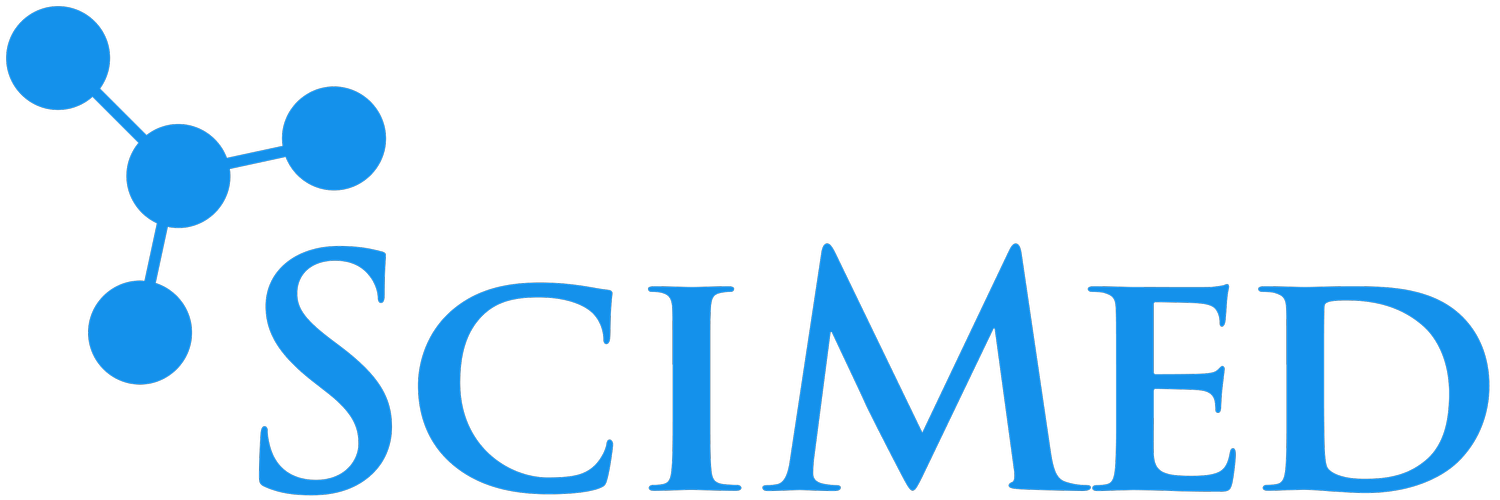How much does software development actually cost?
Every biotechnology company working hard to change the world has its own set of unique challenges. This means that when it comes to developing software, they’ll need a unique solution tailored to their needs.
No two projects are the same. Each project will have different requirements, some more complex than others for developers to implement.
To layer on top of that, biotechnology startups and organizations will develop their own custom software for various reasons. One organization might build their own solution to streamline workflows, while another might build a product that allows hospitals to efficiently manage data from medical devices such as ECGs, EEGs, and other types of monitoring equipment.
Because the scope of each project varies so widely, budgets will as well. Unfortunately, there’s no general rule of thumb to go by to estimate how much your custom software solution will cost, but there are some important factors that will impact the cost.
How Complex Your Software Solution Is
The most important factor that will impact the cost of your custom software solution is the complexity of the build. What does complexity mean? The amount of customization your product requires through different user flows, screens required, automation, and more. As you layer on functionalities and requirements, the more complex your build becomes.
Products often very quickly become complex. This is why it’s a great idea to have a team like SciMed to walk through the design process with you. Before any project, we go through a rigorous interview process to truly understand what clients are trying to build, weed out any unforeseen roadblocks, and identify any avoidable complexity that will only increase the cost of the project. By evaluating multiple approaches to a project, we’re able to advise on which features to prioritize in order to be thoughtful about what is most essential.
When the logic used to build your software becomes more complex, your cost will certainly increase.
How Big Your Software Solution Is
Of course, the complexity of your software will also impact its size of it. Often times less complex software is smaller in size. And more complex software is bigger in size. By now, you’ve probably deduced that a larger software package will cost you more money.
When we refer to “size”, we mean the number of screens required to successfully build out a custom solution. A screen can be anything that a user interacts with or simply anything that is user-facing. Products with 10 to 25 screens are considered small, those with anything between 25 and 40 screens are medium, and anything over 40 screens is considered large.
For any organization, but especially for biotechnology startups that need to move quickly and on a limited budget, you can often start by first developing a minimal viable product. This is, you launch your product at first with the minimum requirements needed for it to run. Usually, at this stage, a lot of product testing will be done for future iterations of the product. As your company grows and your access to capital increases, you can add features to make your product better.
Necessary Integrations
You’d be hard-pressed to find a product that operates efficiently without needing to be integrated with other software. When your software requires integration with APIs or with legacy apps, you’ll oftentimes have to take on that cost. Some examples of integrations could be something as simple as a payment processing platform like Stripe or a CRM suite like Salesforce.
Additionally, there are differences in the level of effort needed to integrate with other platforms and apps. There are some out there that are fairly easy to integrate with. And of course, you have those that are not so easy to integrate with. Unfortunately, when you run into these challenging integrations often with older legacy apps, your project cost will increase.
Creative Design
Asides from revolutionizing the medical industry by making drugs more affordable or producing custom microorganisms, part of a biotechnology startup's job are to innovate the software that they use to show their creative prowess and deliver a seamless user experience.
A seamless user experience is a key to building a successful product. And, if you’re selling your product, it’s what will get customers raving about your product. This is why at SciMed, we don’t take any shortcuts when it comes to designing the user interface and user experience. Before moving into development, we make sure we have a clear understanding of what the user will want, and how they’ll want to get there. During development, we’re constantly testing and iterating with project stakeholders and users to make the best experience we possibly can. As with everything else we’ve mentioned in this article, the more complex and intricate your design becomes, the higher the budget will be.
Who’s Building Your Custom Software Solution
Larger projects that are the more complex will of course require more developers to complete the project on time. And unfortunately, when working with some developer teams, you’re not exactly sure who will be working on your project.
When you work with SciMed to build your software solution, you’re working with a tight-knit team of senior-level developers - collectively we have over 20 years of experience in the life science industry. We’ve become pros at navigating federal regulations and developing products that have saved companies millions of dollars while streamlining workflows.
Whether your project is big or small, our team can help make your vision into a real product, ready to ship.
So, How Much Does Building Custom Software Actually Cost?
Now you’ve been equipped with all the factors that will impact the cost of building out your own custom software solution. Again, many factors will come into play when it comes down to cost, but most likely you can build a product starting at $50,000 and scale up from there depending on the size of the software, the complexity of the build, the level of creative design needed, and the size of the team needed to complete the project on time.
Of course, you can back into a budget, or launch a minimum viable product first. At SciMed, we work with clients to make their products come to life within their budget.




